Nick Hughes, Antoinette Vermilye and Gaurav Mehta joined Rajesh Chandy, Professor of Marketing at London Business School and Academic Co-Director of the Wheeler Institute for Business and Development, in discussion of climate change and sustainable development in emerging markets. The panel took place during The Road to COP28 – Aligning Expectations with Actions, part of London Business School’s think ahead series. The full recording is available here.
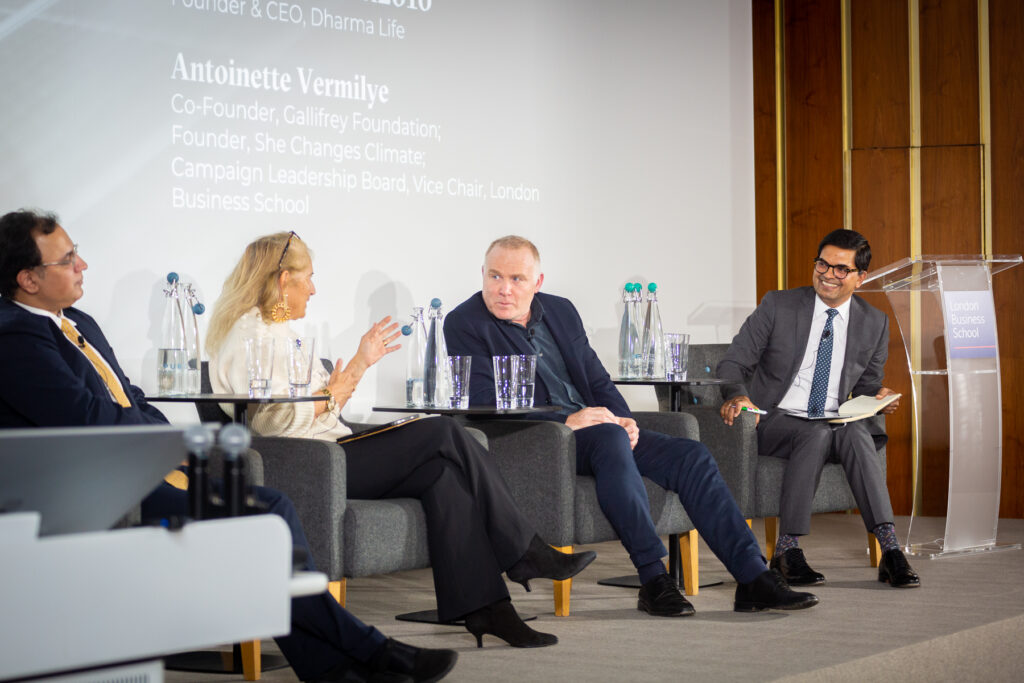
What’s different about emerging markets?
Though often characterised as victims or villains, Nick Hughes argued that emerging markets represent huge opportunities to redesign clean energy systems.
‘There are 600 million people in sub-Saharan Africa that cannot access grid technology today. And yet we have technology at our disposal that can solve that problem. It boils down to inertia in the political systems, financing, and the practicalities of how we design that infrastructure. We shouldn’t go into Africa or parts of Asia and think about centralized energy systems. If you landed on the planet today and looked around you would not design the energy and water systems that are currently in operation.
M-Pesa was a solution designed for the person that just had a feature phone. We need to think about how we design the next generation of energy systems for people that don’t have the same needs that we have grown into over the last 200 years. Let’s think about decentralized systems and ‘smart grids’, which have clean energy sources that give people the ability to pay only for what they use and incentivizes clean choices.’
What other perspectives are important to consider when discussing developing countries?
Antoinette Vermilye emphasised the climate-related externalities associated with action in developed and developing economies on communities in emerging markets, and the interconnectedness of planetary issues.
‘People in developed economies are looking at using technological solutions to solve problems, which is great. But we need to realise that in a finite world we are using more and more resources to do that. Where are we getting those resources? Emerging markets. Most of the effects of us doing that are affecting those countries more than us, because the effects of climate change are the consequence of extraction and of our industry in creating those technologies. We need to ensure that we do not solve one problem by creating others.
Though they comprise 4% of the world’s population, indigenous peoples are protecting 70% of its biodiversity. I’m more interested in asking, ‘how can we make nature-based solutions lucrative?’ We need solutions that solve the polycrisis. The planetary boundaries concept was discussed earlier. These are a list of nine scientifically quantified processes that regulate the stability and resilience of the Earth, ranging from climate change to biodiversity and ocean acidification. Six have technically been crossed, though scientists are sure that it’s seven. We really are running out of time.
When I look at emerging markets, boy do we describe them as the victims. But oh my gosh – many communities are incredibly creative and resourceful. Every day they are faced with immense challenges. You can’t go anywhere where the beaches aren’t completely inundated with plastics. The fish that they catch are filled with plastics. It is all interconnected, and all of us have a role to play in that.’
What can we learn from emerging markets at the community level?
Gaurav Mehta suggested that many forms of traditional living practices are more sustainable than those associated with Western modernisation. Yet there are important complexities to consider.
‘We can take a huge amount of inspiration from emerging markets. I work with rural communities in India, and their innovation is amazing. Traditional ways of living were climate friendly. Modernisation seems exciting and aspirational, but it can be a cause of many of these externalities. If you went back to traditional methods of consuming, you would be able to be positive neutral.
Look at traditional art forms. We reviewed supply chains for traditional hand embroidery and weaving. Creating these products involved only natural ingredients and circular processes. The advent of massive scale-up has introduced so many ingredients that use chemical paints and other synthetic products, which directly cause water pollution, waste creation, air pollution, health problems and negatively impact living conditions.
It is hugely important to help these communities to modernise. Poverty and the issues these communities face is a problem, but there needs to be a just transition that adjusts for this balance. This is the issue of modernisation in a traditional manner.’
What challenges do you see?
Nick Hughes fielded this question by using carbon markets as a reference.
‘Carbon markets are a lovely economic concept in which people can offset their carbon output by purchasing credit from sustainable sources. Yet, in the past 20 years we’ve seen market failure, greenwashing and flaky credits being sold to brokers so the money never makes it to the projects. There is a much better way to run these markets.
Digital tools can ensure the integrity of the carbon credit. Remote sensing imagery can monitor oceans, mangroves and forests. You can’t go anywhere on the globe without being under a network of some kind, whether it’s the GSM network, the mobile operators network, or Elon Musk’s low orbit satellites. Data collection can be done – you can aggregate things on the cloud and interrogate remote data. Third parties can go down to the very source of activities that you want to attach a carbon credit to whether it’s the reforestation or protection of a mangrove or the replacement of a rural petrol pump with a solar powered alternative.
The challenge is this: how do we build that monitoring structure that gives us the evidence that the clean activity is happening? If we can monetise the system using carbon credits we can find a way to give companies in developed economies the confidence to buy credits from emerging markets. Then we could move money down to projects on the ground that are helping to guide the emerging market onto a cleaner energy path.
It’s hard to make that work. The ‘Net zero’ policy has been brilliant, because it gives buy side demand – the regulations just need to come and enforce it. If we can make those things happen, we can deliver those solutions using digital technology. There’s no reason why I shouldn’t be able to give a rural farmer a micro incentive to use a solar pump right now using technology.
The use of phony carbon credits in emerging markets in inexcusable. We have technology that can demonstrate the integrity of activity on the ground and we should use it wisely.’
If I were a farmer on the ground choosing between a petrol and a solar pump, what would the process be under this system?
‘As a farmer you might ask, ‘When a solar pump is $300 and a petrol pump is $200, why would I choose solar?’ Under this system, if you take the solar pump you get a monthly credit to your M-Pesa account. Let’s say it’s worth $10. You can use that to finance the pump.
There, we are using small micropayments to incentivize the right choice. The money is coming from the carbon credit. Take a large company in the UK with a net zero commitment that needs to use credits to achieve it. The company might buy the credits produced by you, the farmer, and the monitoring data that proves that you have opted for the solar pump, thereby paying for similar developments. All of this relies on financial and communications infrastructure.
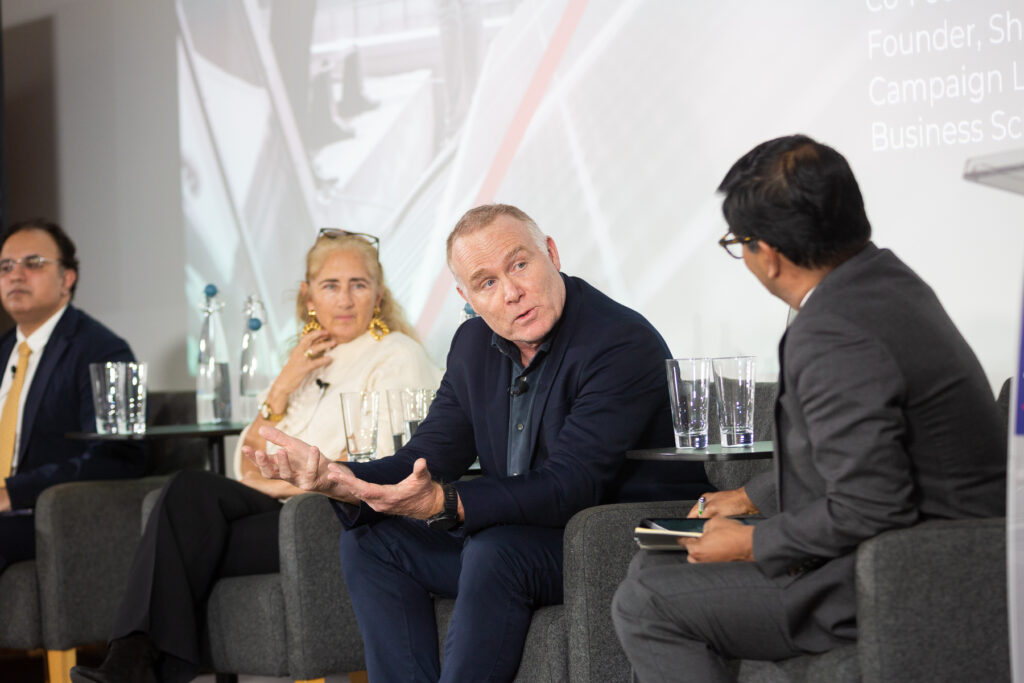
What other problems and solutions do you see?
Antoinette argued that ‘Plastics are basically a direct output of fossil fuels. Because of the growth of the E.V. market, fossil fuel companies are now focusing on plastics as their next market, which has an estimated growth of up to 40% by 2050. About 40% of that goes on single use packaging – something you get from your local supermarket and use for five minutes or keep in your fridge for a week.
In theory, those get recycled or processed through waste-to-energy plants. A study put trackers in recycled goods bins in London Tesco stores. They found them in Slovakia and in Turkey for open air burning. Recycling is a very open loop with too many holes. There is not enough accountability. Waste-to-energy is when plastics are incinerated to produce energy. But we have discovered that the off gassing are forever chemical products that even the World Health Organisation does not accept. These remain in the soil and in us forever. In the last 40 years, male sperm count has dropped 50% due to endocrine disrupting chemicals found in plastics and is on track to hit statistical zero in about 20 years.
Where is the logic here? We are dealing with a product that is foul and toxic, and we keep using it. What happens with all of that waste? It gets exported to countries that are ill equipped to deal with it in climate conditions that pour it into the ocean with every monsoon or extreme weather event. So we are dealing with an issue that is social injustice, environmental damage and human health damage.
We need to limit this firehose of plastic production. There are some ways that is being done. In Kenya, there is the global plastic pollution treaty, which is the COP of plastics. It is trying to address the life of plastics from production to the end. That has been driven by people from countries that are affected the most by this: Indonesia, the Philippines, various parts of Africa. We have also passed something called the Basel Convention, which now regulates plastic as a hazardous waste; you can’t export it to another country without prior agreement. These are huge steps forward, but they are more of the legislative, regulatory aspects because the free market before then only allowed for very unsustainable and untenable solutions.
Many communities have devised innovative solutions. For example, one city in the Philippines tried an experiment where they conducted plastic free ordinances targeting businesses. Everybody involved in plastic collection was reallocated to collect household waste. 80% of the community’s waste was diverted from being dumped in landfills, saving $750,000 per year in landfill costs. The waste workers, which was a social justice issue, became formal employees. This became one of those stories where it was just a win-win-win.’
What challenges and solutions do you see as part of Dharma Life Labs’ work on climate-related issues in India?
Gaurav responded by breaking down economic challenges and solutions into categories, ‘The biggest elephant in the room is financing. The capital required to address some of these issues is huge, and it is unclear as to how it will be generated. In an earlier panel, we heard about trillions of dollars needed.
If we break it down to the micro level, we consider how to mitigate the footprints of communities with only 1,000 people, because the aggregate impact is enormous. Who will fund the loss and damages at the farmer group level? And how do we explain the need to change to those communities, especially when the effect is not immediately tangible? The question is, why should they be changing their behavior when others have been allowed not to? Fairness and justice become issues.
You have three categories of solution. One is where the solution is readily adoptable, because the ROI is positive and the technology has been developed. For instance, the big issue at the rural level is food waste. We are investigating solar drying, where you can dry food to preserve it, thereby limiting financial and energy losses. Solar pumps are also efficient solutions for micro irrigation. These things finance themselves. Then you have solutions that need subsidy and an offset to work. We have to consider how to make outcome payment solutions because the climate benefits don’t always translate directly to the household that makes the change. You therefore need efficient access to carbon markets through technology, using usage tracking that negates the need for expensive impact bonds. The third is where the solution is still experimental and innovative solutions are still being developed.’
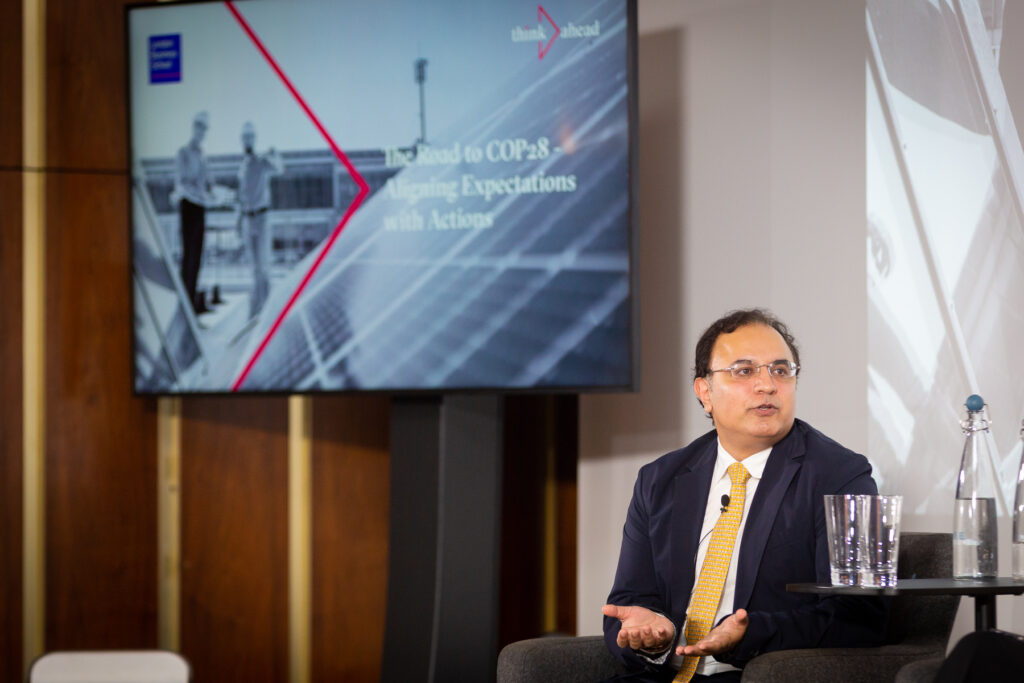
And how does results-based financing link to climate change?
‘A finance gap can be reduced in two ways, either by subsidizing or financing it, and the cost of capital is an issue. You can use technology to prove that a specific household has earned funds and reward them accordingly. A popular criticism of carbon markets is that they reward behavior rather than climate-related outcomes. We have technology that created unique records for each household and tracks its carbon footprint, to we measure the outcomes of climate-related behaviors and ensure that households receive their benefit accordingly.’
Turning to questions from the audience. Alex Edmans talked early about the need for ‘climate literacy’. What does that mean in emerging markets, and how do we achieve it?
‘I think they’re living it,’ argued Antoinette, ‘they see frontline the amount of plastic hitting the shores and experience the weather getting more and more extreme. People are losing their land, culture and spiritual connection. We are talking about climate literacy because we are so disconnected. When you are frontline you know full well what the changes are and you are having to cope with them, particularly in coastal areas.’
Is that enough?
‘When you work with the elders in a village you see that they have a key role in educating their communities, so there it is important to recognize the system in which people in rural areas gather their information and interact with it in a positive way. The level of literacy you need there is quite different to global financial markets, they are very disconnected. That’s where we really need more education.’
Using the example of the farmer receiving $10 a month for using a solar pump, does there need to be some level of understanding that there is somebody out there who has an interest in using it?
Building on his previous example, Nick argued that, ‘$10 a month is real income to a small farmer or a household. That’s what makes the difference, which is huge on aggregate. Bring it back to money in the wallet of the farmer or the household. That’s what will drive behavioural change.
Long term we need bigger solutions. We need direct air carbon capture that can pull hundreds of millions of tons of carbon out of the atmosphere. Though we don’t have the technology to do that now, we do have the ability to resolve some of the short term issues and have significant socioeconomic impact.’
What kind of solutions are effective in driving behavioural change?
‘We need solutions at different levels,’ Gaurav argued, ‘The government of India’s Mission LiFE is a good example of a top-down, government-driven movement that tries to get people to live in a more environmentally friendly way. At the microbusiness level, it is about helping people to create future-proof business models that accommodate and prioritise environmental impact.’
As a final question for each of you: what keeps you going when faced with such challenging issues?
‘Look at how the world responded to COVID,’ replied Nick, ‘I am an optimist. As a race, we can be ingenious. On a pure business basis, by 2050 one in four adults will be in sub-Saharan Africa. There is an exciting business opportunity, and if we aren’t investing now then we miss huge business opportunities, and that is something that people are beginning to recognize.’
Antoinette answered, ‘The fact that everyone is here in this room. I get my hope from action, and all of us can do something. If all of you left today and decided to change one thing today, that gives me hope. The other thing we need is high level action, that’s what I look for.’
Gaurav concluded, ‘It is always a question of perspective. When I work with women entrepreneurs in rural India, I see the challenges that they face and realise that it is a responsibility, a duty and an honour to be able to work on these issues.’
The full recording of ‘The Road to COP28: Climate Transition and Emerging Markets’ is available here. Learn more about the Wheeler Institute for Business and Development Climate Initiative, and discover our sustainability-driven research via our research portal and blog.
About the speakers
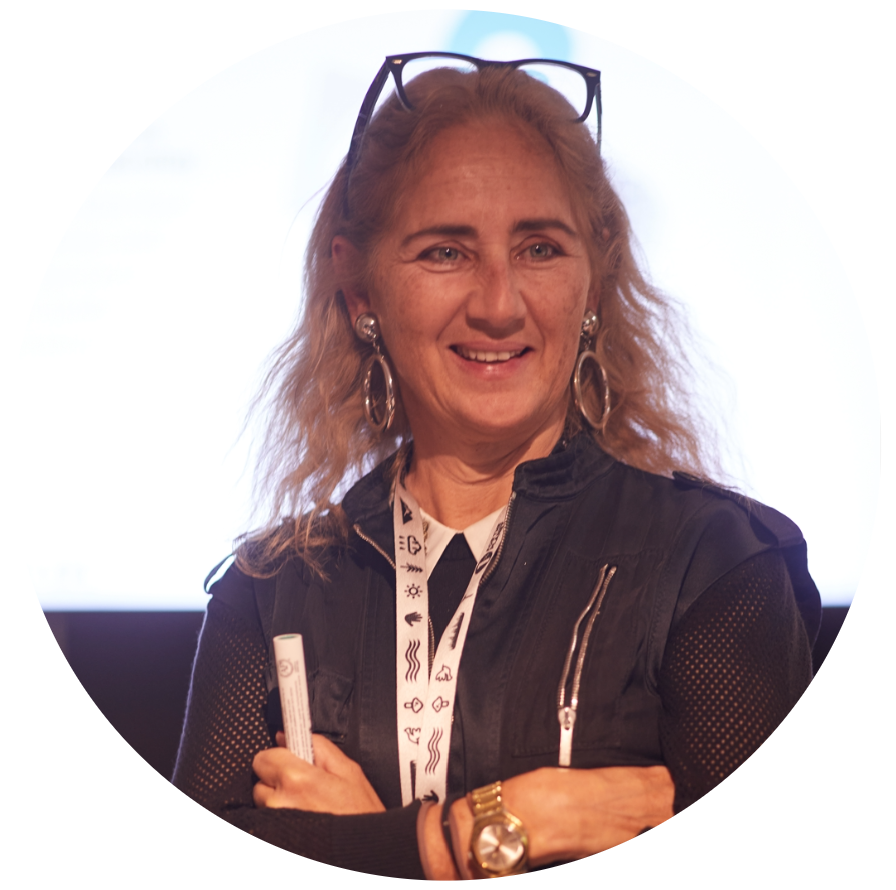
Antoinette Vermilye, Co-founder of Gallifrey Foundation
Co-founder of the Gallifrey Foundation and also She Changes Climate, Antoinette is passionate about the complex interrelationships between the ocean, climate, plastics, gender, and overfishing on social injustice, human health and the environment. She seeks either coalitions to find action-oriented solutions that will have far reaching impacts downstream or to take action on identified gaps where little or no attention is being paid. Her focus is on geographic and temporal externalities as businesses scale up so they can continue to do business for good. Thus her work is eclectic interconnectedness: ranging from the impacts of overfishing on the ocean and migrants, empowering citizens to take civil legal action against unsustainable legal and illegal overfishing, awareness campaigns on the impacts of plastics on human and planetary health, social injustice and the environment and for gender parity as well as being an International Gender champion. Antoinette and John Vermilye, Founders of the Gallifrey Foundation, are distinguished donors of a social impact related scholarship at LBS.
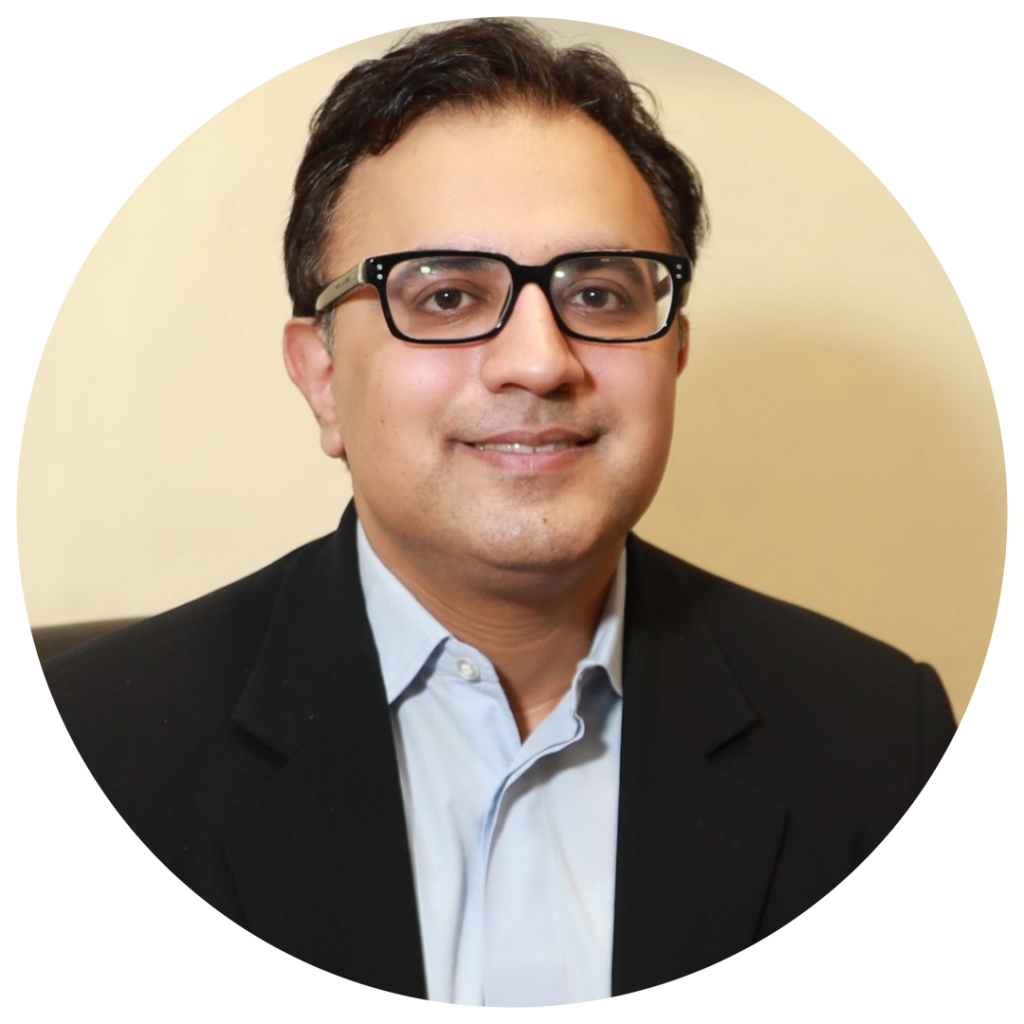
Gaurav Mehta, Founder and CEO of Dharma Life
Gaurav Mehta is the Founder and CEO of Dharma Life. Dharma Life is a social enterprise working to improve the quality of life in rural India through a women entrepreneurship model that provides low-income households and individuals at the last mile with livelihoods, awareness and access to socially impactful products and services. Since 2009, DL has created 17,000+ DLEs (more than 70% women) and has impacted 14m+ beneficiaries across 50’000 villages in 14 states of India through its interventions, which are aligned to the UN SDGs with a focus on the four areas: energy access and climate change, gender equality, health & hygiene, and livelihood & digital education. Previously, Gaurav spent three years in the private equity space at General Atlantic, a large growth capital investment firm (until 2008), where he focused on opportunities in the consumer and media, and healthcare sectors across Europe. Prior to General Atlantic, he worked at Morgan Stanley’s investment banking division, where he specialized in European capital products and healthcare investment banking. Gaurav graduated with a BA Hons degree in International Business Studies and French from the European Business School, London. He also has an MBA from London Business School.
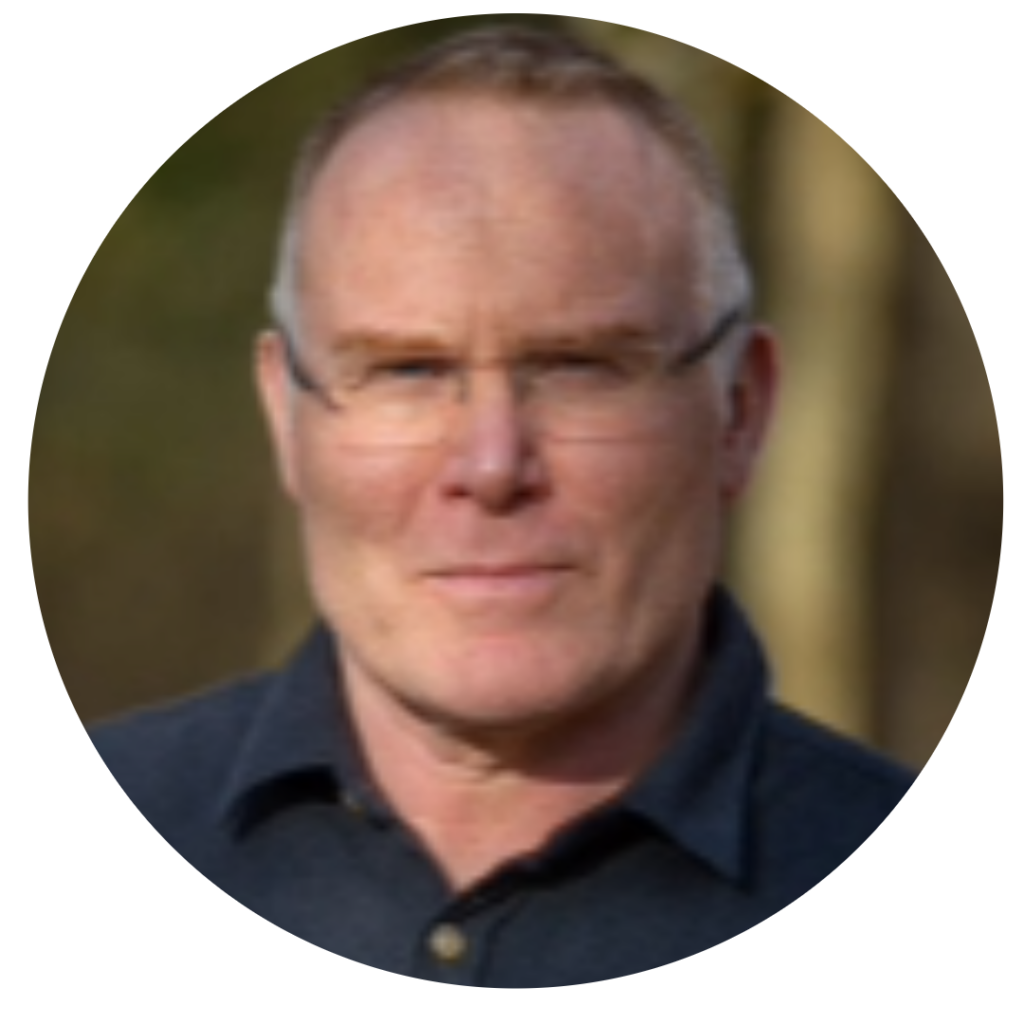
Nick Hughes, OBE, Founder of M-PESA and Executive Fellow at the Wheeler Institute
Nick Hughes has been at the forefront of mobile commerce activities in emerging markets for over 15 years, pioneering digital fintech solutions that solve real problems. He is the co-founder and Chief Product Officer at M-KOPA, the first company to launch pay-as-you-go clean energy services in Africa. Nick was previously Global Head of Payment Solutions at Vodafone Group, where, in 2003, with UK government matched funding, he started the ground-breaking mobile payment service M-PESA, delivering it across multiple Vodafone territories over the period to 2009. Nick holds a small number of advisory roles in the digital services space and is a founding Board member of bKash, Bangladesh’s leading mobile money service reaching over 30 million people. Holding a PhD in Applied Science and an MBA from London Business School, Nick has also won The Economist’s Innovation Award for Social & Economic Impact for his work on M-PESA. In 2017 Nick was awarded an OBE in the Queen’s Birthday Honours list for services to ‘innovation in Africa’.

Rajesh Chandy, Professor of Marketing, Co-Academic Director of the Wheeler Institute for Business and Development.
Rajesh Chandy is Professor of Marketing and the Tony and Maureen Wheeler Chair in Entrepreneurship at London Business School, where he is also the Academic Director of the Wheeler Institute for Business and Development. Rajesh’s current research lies at the intersection of business and development. His recent projects have covered the impact of business skills among micro-entrepreneurs in South Africa, novel financing approaches in Ghana, property rights in slums in Egypt, innovation among farmers in India, highways and private education expenditures in India, and using big data for development outcomes. Rajesh is a member of the advisory board of the Journal of Marketing and a Co-Editor of the journal’s special issue on “Better Marketing for a Better World”. He is also co-editor of the Management Science special issue on “Business and Climate Change,” and previously served as an Area Editor for the Entrepreneurship and Innovation area at Management Science.

Samsoi Kanwai